Welcome to the next piece of nature in Costa Rica! In the last few days, we drove straight to the Caribbean coast without many detours. On the way there, we were also able to catch a glimpse of the vast banana plantations in Costa Rica. This gave us a graphic impression of what the big, well-known banana producers look like on the ground when we return to our stores after the trip and see the origin of Costa Rica. These aspects are also really exciting for us!
But now on to the actual topic of this article: Tortuguero National Park.
Getting to the Tortuguero National Park
The visitor center to visit the Tortuguero National Park is located on a long island in the delta of the Tortuguero River. It is therefore only possible to get there by boat or plane, but not with our own campervan. Unofficially, the Tortuguero National Park is also known as the Amazon of Costa Rica. And we would probably only be able to enter the Amazon by boat. A quick search and the plan is set. The boats that reach Tortuguero the quickest (within 45 minutes to 1.5 hours) and cheapest leave from La Pavona. We park our campervan Ben directly in front of the dock in the official parking lot and can buy tickets for the crossing on the spot.
We spot some birds and iguanas on the outward journey. Through the winding arm of the river on which we drive, we gradually get closer to the main arm of the river. However, the banks are still close during the boat trip so that we can experience nature up close. We enjoy the winding boat ride and are soon able to set foot on the island of Tortuguero.
Tortuguero National Park
We spend one night in Tortuguero, the main town outside the national park, as we set off again early the next morning on a tour into the national park. The tour in the national park also takes place exclusively on the water. With a canoe, a guide and four other tourists, we set off on our morning rowing tour on the river. To our surprise, every other guest – mainly the men – are given a paddle and it is implicitly expected that everyone will row a little. Good, with that the breaks between the stops, where we look at an interesting animal, are filled in a meaningful way.
During the three-hour trip through the waterways in the national park, we are able to observe some wild animals. First, we see a group of howler monkeys high up in the treetops. Soon afterwards, various bird species, which we can’t remember the correct names of. There are also many iguanas, and early in the morning they are very easy to observe as they are still too cool to move much. One obviously fell into the water during the night and is so hypothermic that it can’t escape from our tour boat, even though we get extremely close. This is of course a perfect opportunity for photos!
We also see a kingfisher, two caimans and an extremely difficult to recognize green basilisk iguana, which is also called the Jesus Christ lizard because it is so fast that it can run across the water! Our tour guide really does have at least one eagle eye, it wasn’t just marketing blah-blah on his part!
As an alternative to the canoe tour, there are also tours with motorboats, but these are a lot bigger (more people) and louder and don’t get into the small side channels where you can see most of the animals.
If you want to be sportier, you can also book a kayak tour, where everyone paddles for themselves. For us, the canoe tour was ideal, as we wanted to be close enough to the guide to see everything he saw. This is not always the case with a kayak.
At the right time, of course, there is the other main attraction besides the national park’s waterways: the sea turtles. Tortuga means turtle in Spanish, which is also where the name of the national park comes from. We are either too late or too early for the turtles, depending on how we look at it. The turtles would be on the beach around August to lay eggs and later in the year the baby turtles hatch.
However, knowing this, we prepared ourselves for this and it had a positive side effect; it wasn’t quite as crowded with tourists at the time of year we visited. The national park is a highlight due to its special location and the tours on the water, for which the somewhat more complicated journey is well worth it – even without the turtles!
Incidentally, although the headland of the national park and the town of Tortuguero are wedged between the sea and the large Rio Tortuguero river, there are only pools for swimming here. The sea has far too strong currents to be able or allowed to swim and the river, with its crocodiles and caimans, is not recommended for swimming either.
In the afternoon of the same day as the early morning canoe tour, we are back on the public boat, which takes us back ashore to our camper Ben. This national park is well worth a visit! But from our point of view, only the national park. The town of Tortuguero has little to offer, despite a few touristy restaurants and hotels. We wouldn’t have wanted to stay longer in Tortuguero.
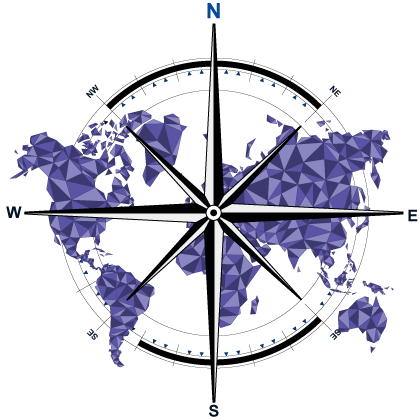
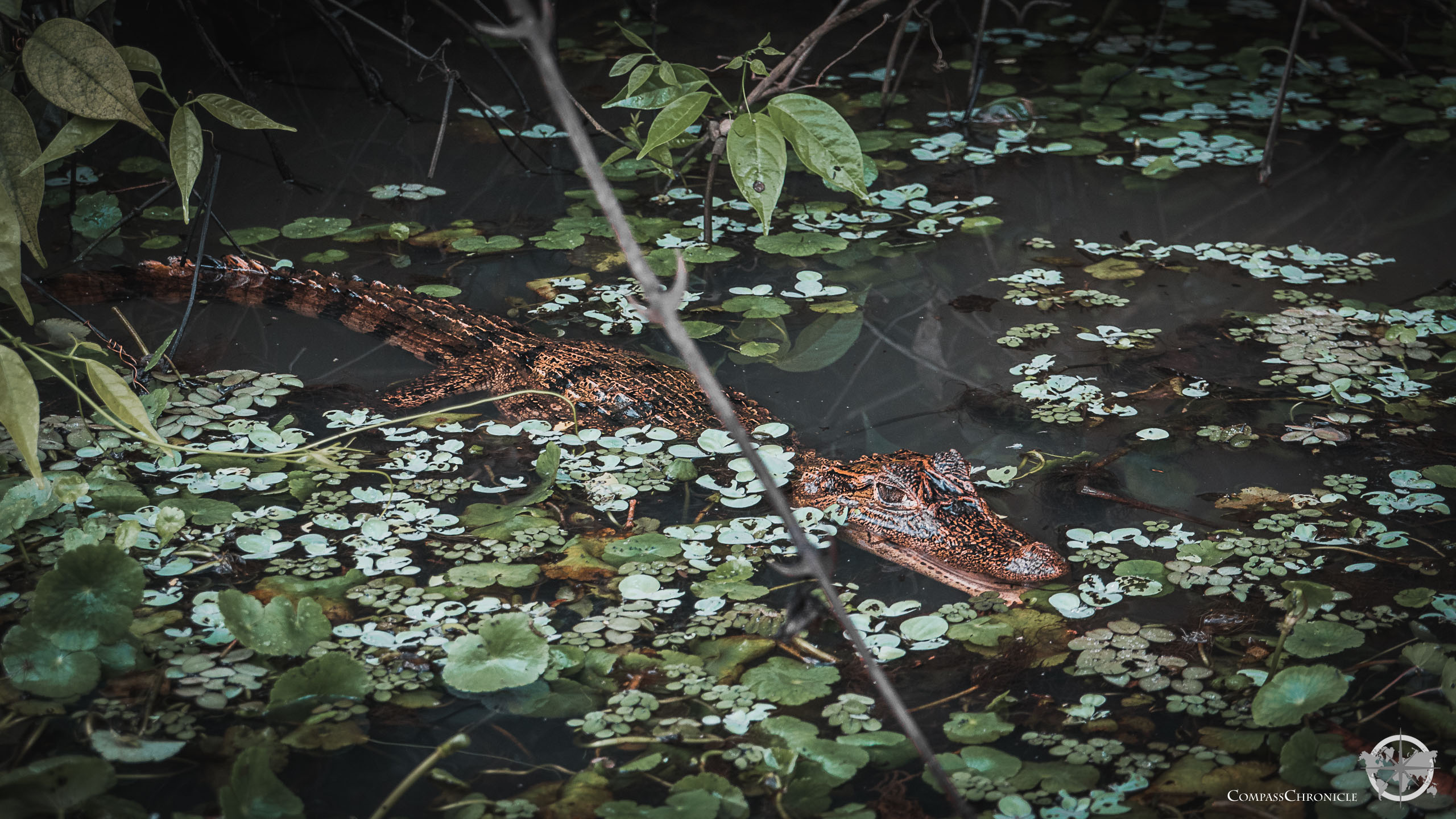
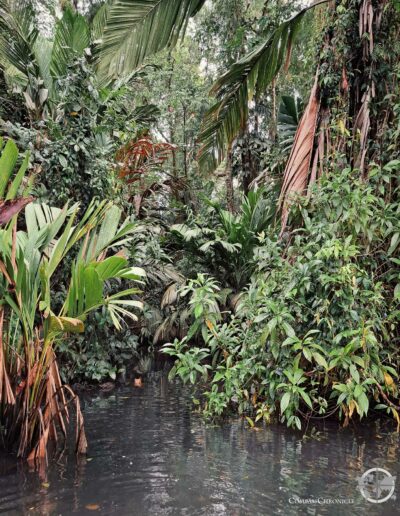
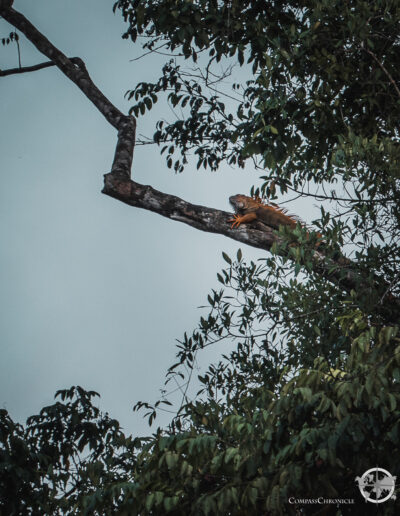


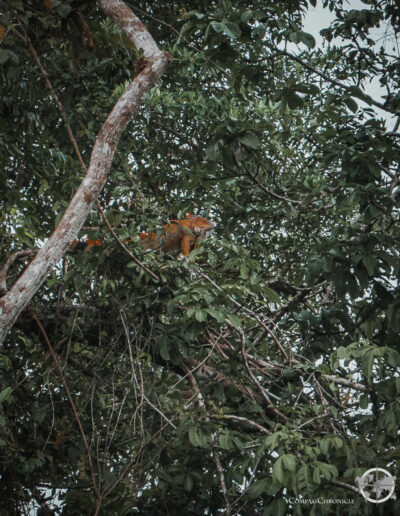
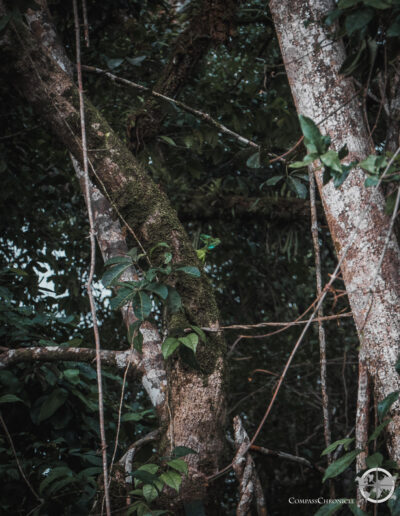

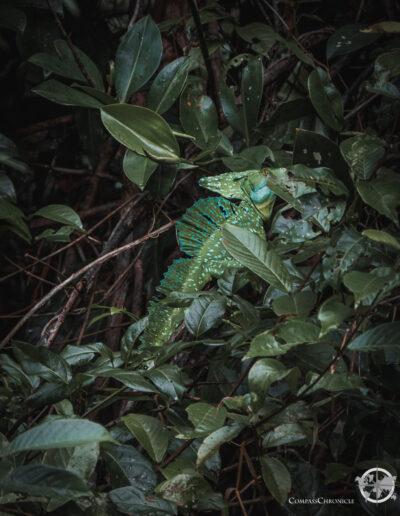
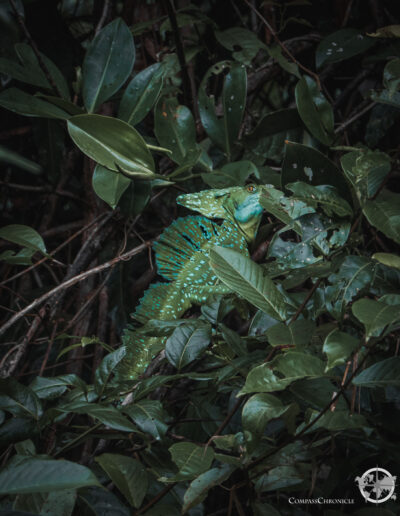


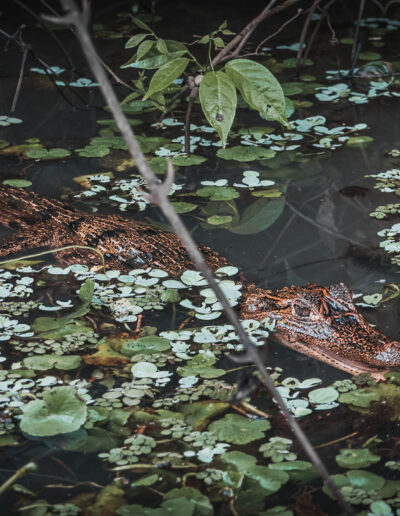


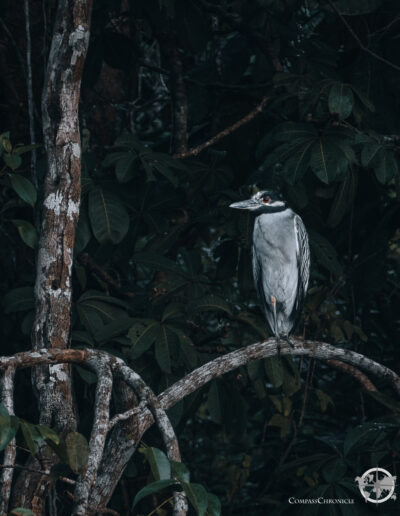
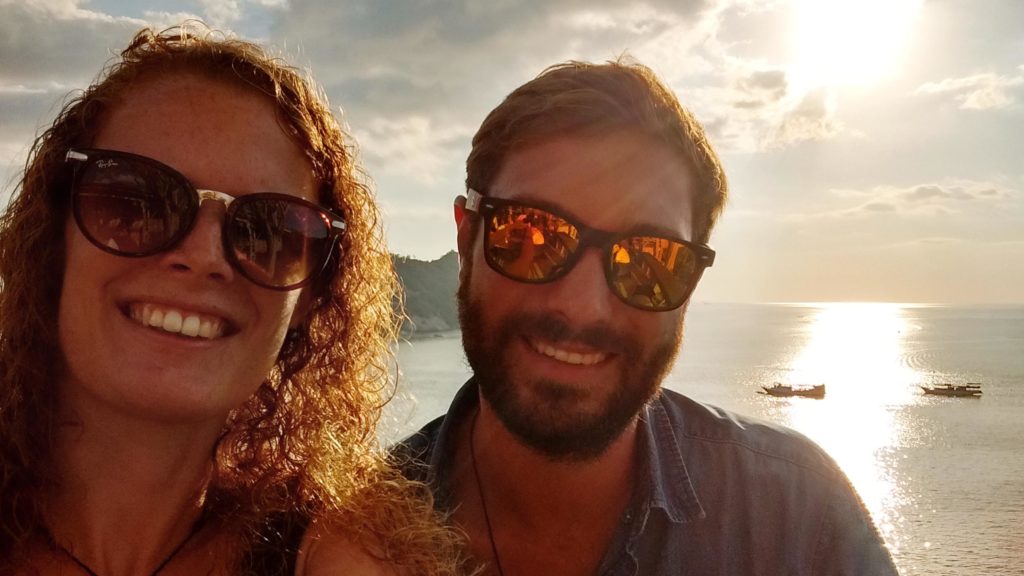
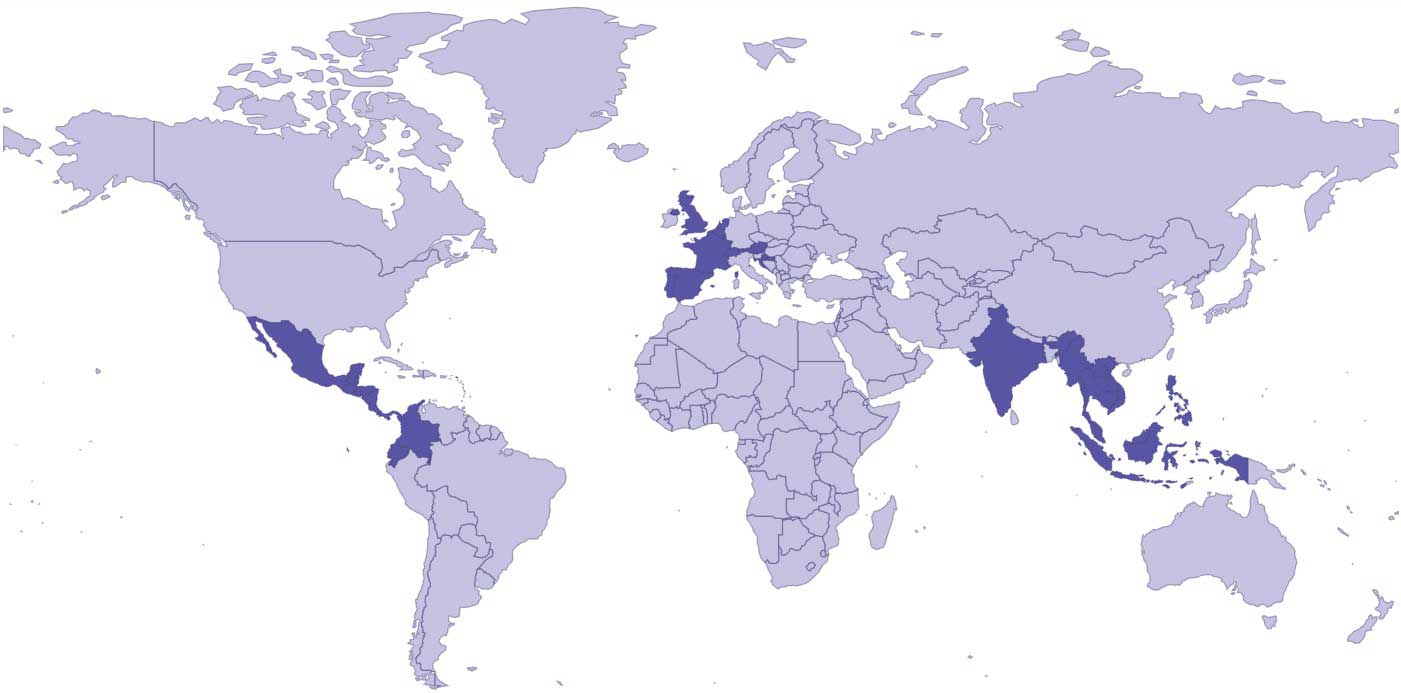
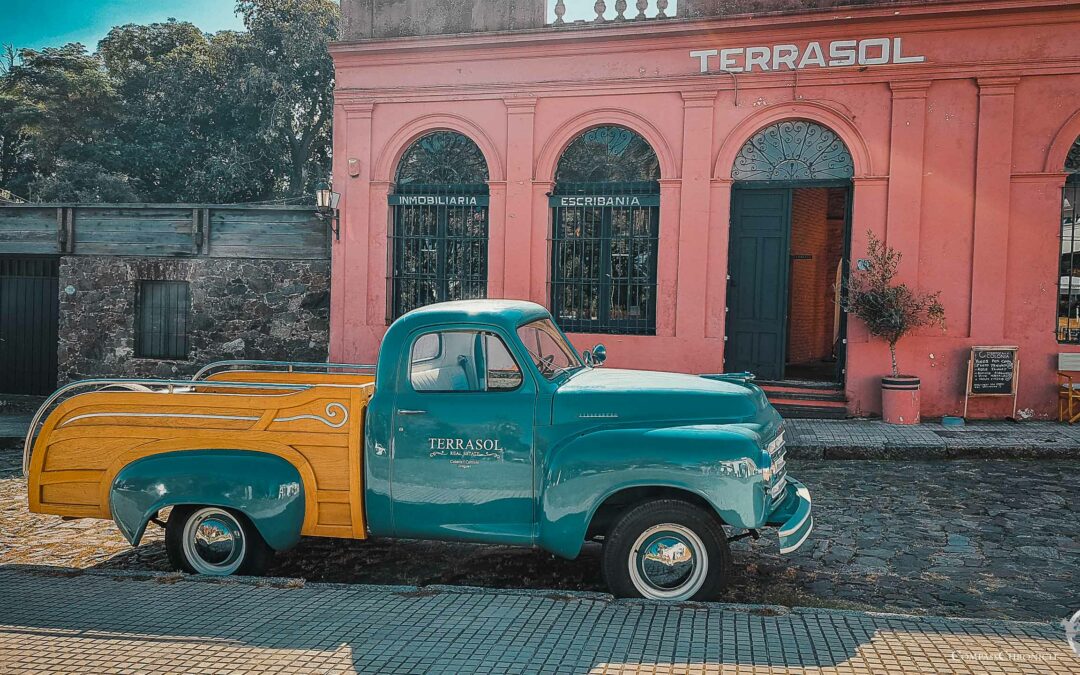
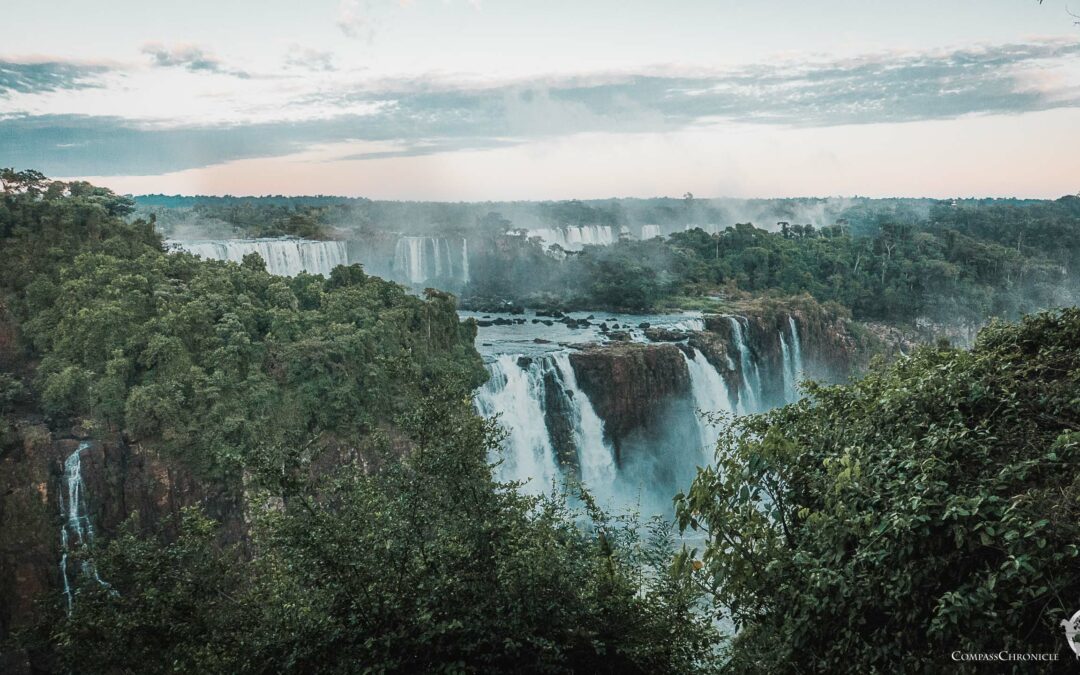
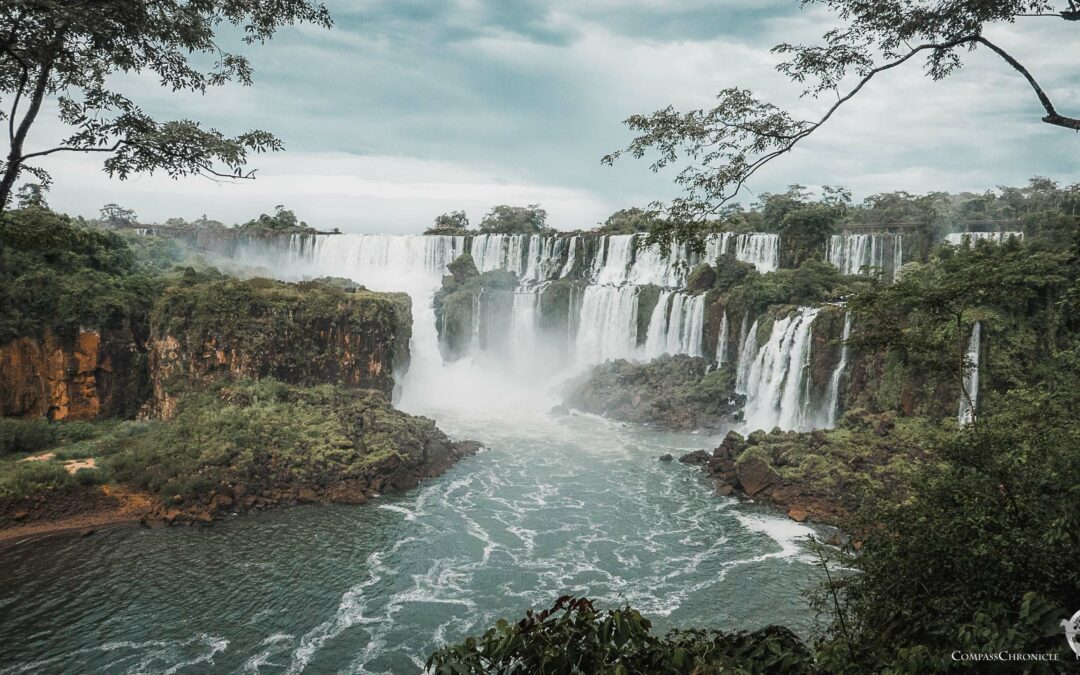
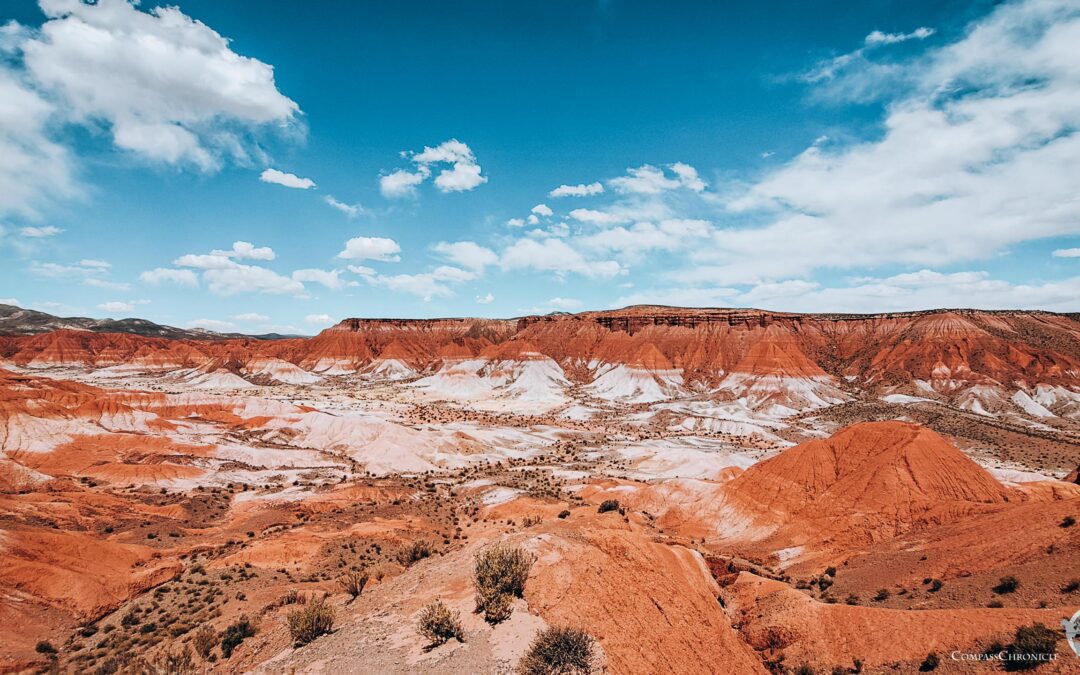
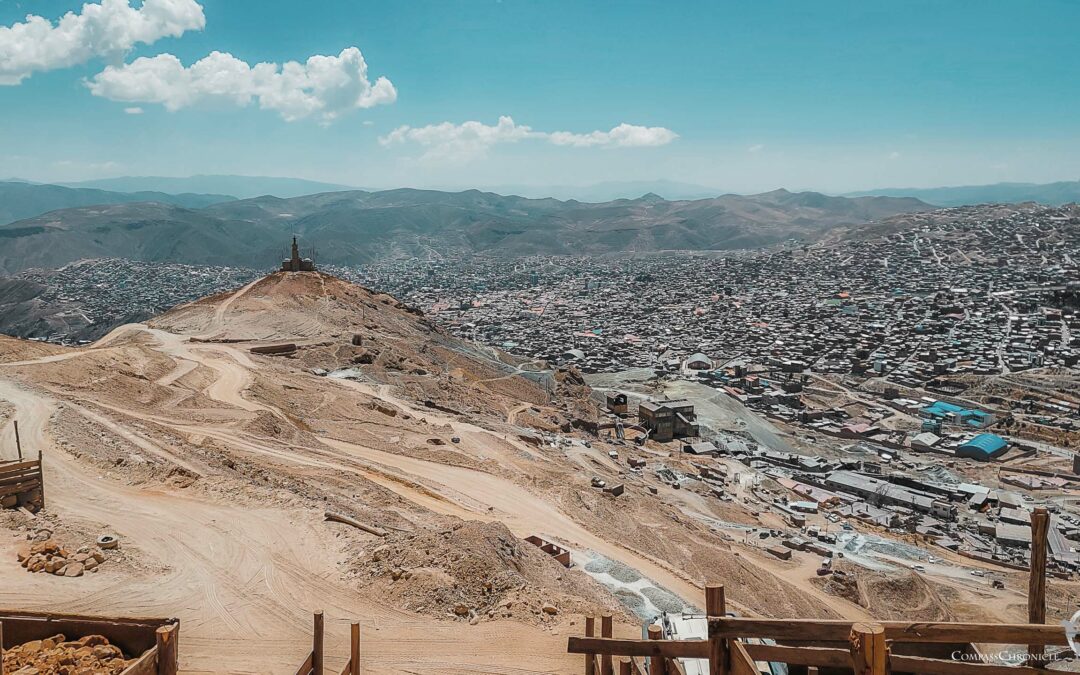
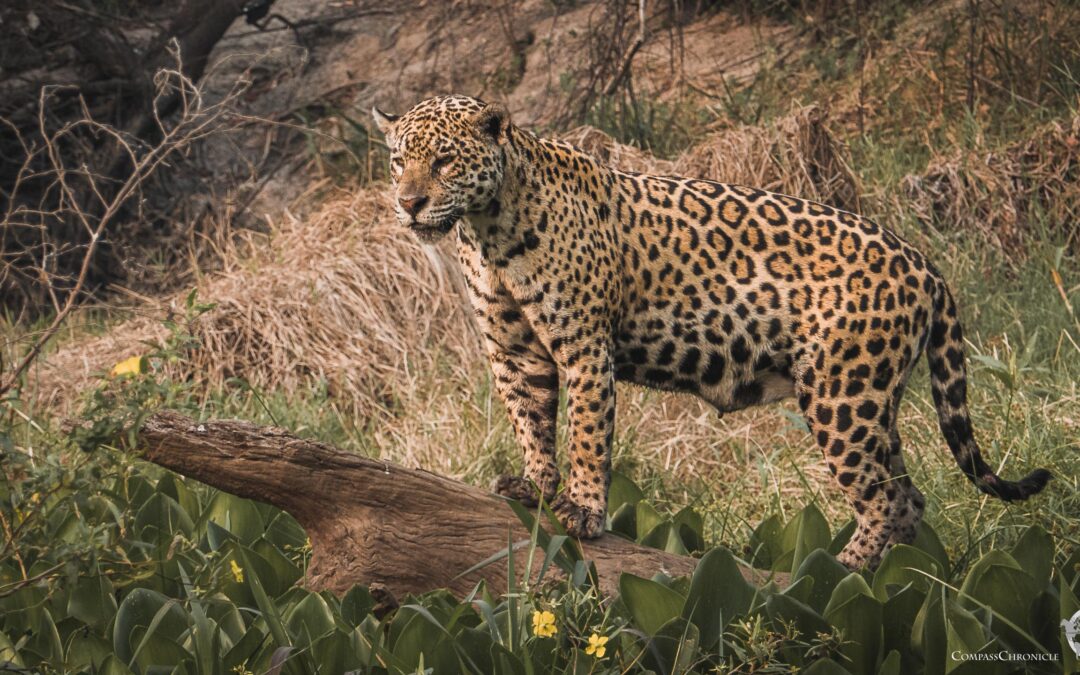
0 Comments